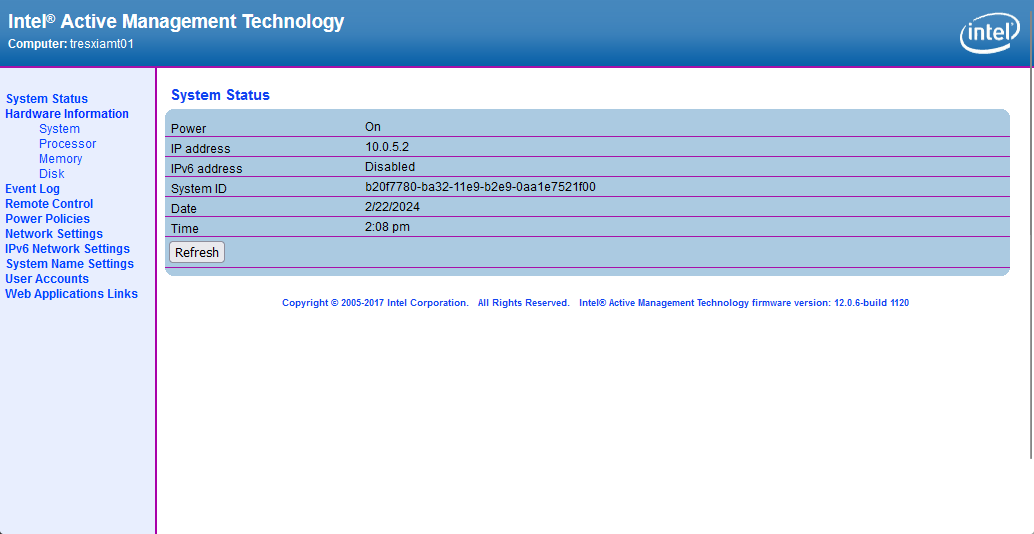This is horrible. I run several different environments of VMware Instant Clone VDIs and use the SetUserFTA to help a users default browser and other file extension defaults to persist for a user from session to session on a non-persistent VDI. Now it’s broken.
Thanks a lot Microsoft. 😤



Talk less and listen more.
Realize that there is always someone that knows more than you do about any subject. Be humble knowing that you can always learn more.